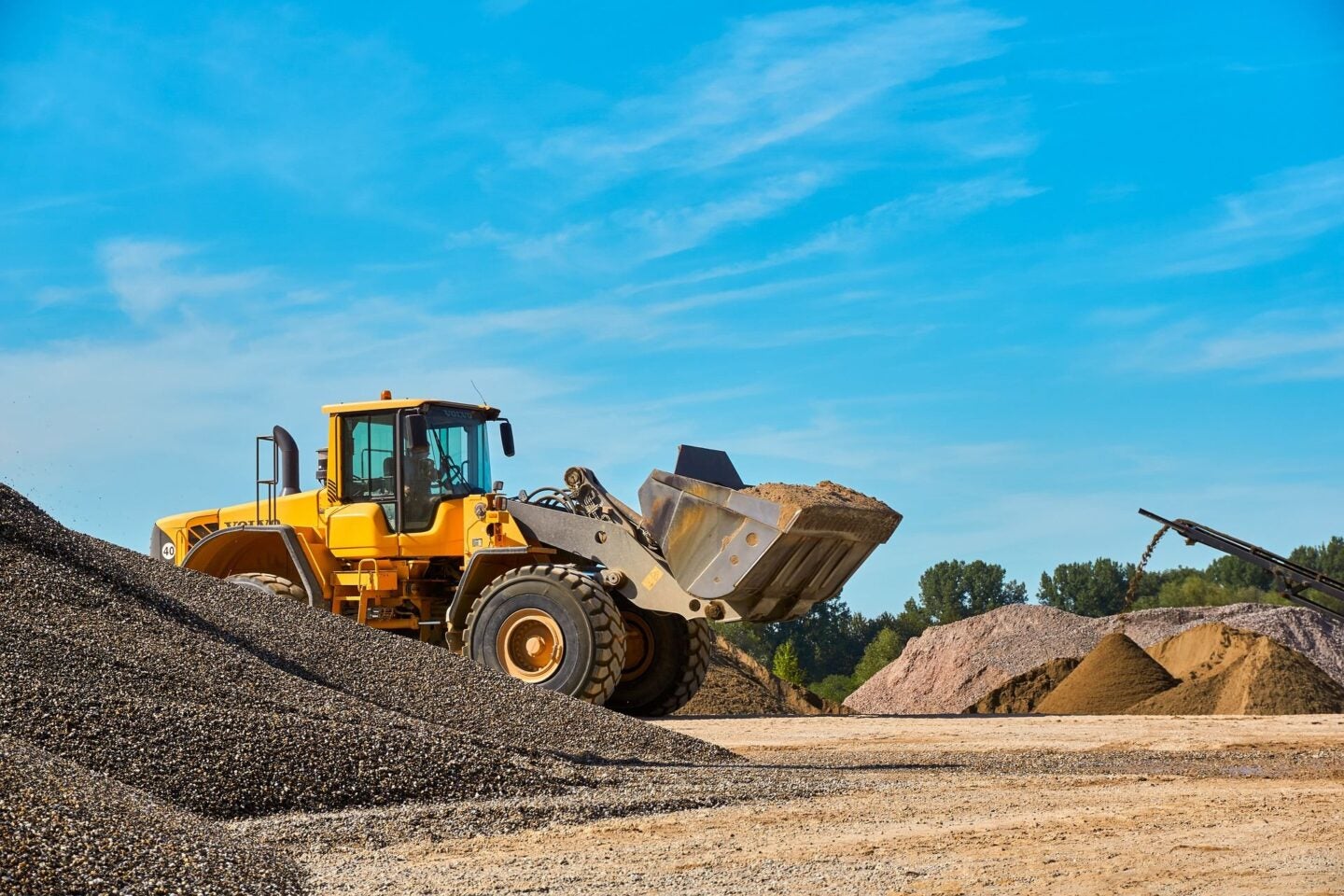
Vale has registered a net income of $4.45bn in the third quarter (Q3) of 2022, an 18.8% year-on-year slump, driven by a drop in iron ore and nickel prices.
In Q3 2021, the Brazilian miner’s net income stood at $4.09bn.
Realised iron ore price in the quarter in the three months through September 2022 was $92.6 a tonne, compared with $127.2 in the prior year while the average nickel price surged to $21,672 from $18,211 per tonne.
Net operating revenues declined 19.5% to $9.93bn from $12.33bn over this period.
Proforma adjusted EBITDA from continuing operations dropped to $4bn from $7.07bn.
The latest figure excludes expenses associated with the Brumadinho dam disaster that claimed the lives of 270 people and led to massive environmental damage, as well as Covid-19 donations.

US Tariffs are shifting - will you react or anticipate?
Don’t let policy changes catch you off guard. Stay proactive with real-time data and expert analysis.
By GlobalDataAdjusted EBITDA margin was 37% in the July-September 2022 quarter, versus 56% a year ago.
Total costs and expenses, when stripping off the Brumadinho disaster and the dam de-characterisation, rose from $5.92bn to $6.73bn.
Expenses linked to Brumadinho and the de-characterisation of dams were $336m in Q3 2022, compared with $161m in the previous year.
Vale CEO Eduardo Bartolomeo said: “Our operational performance in the quarter was solid across our portfolio, with iron ore production reaching 90Mt and nickel and copper greatly increasing volumes. While the world is facing growing inflationary pressures, we remain focused on cost discipline and improving operational reliability.
“In Sudbury, our nickel production reached the highest quarterly level since Q1 2021. We have also made progress in growing our supply of low-carbon nickel and other critical minerals for the energy transition.”

